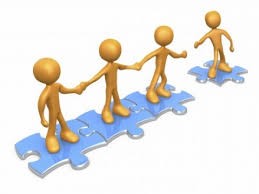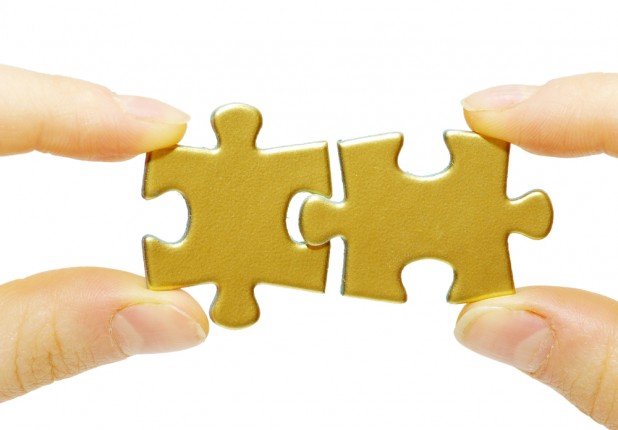
For the majority of my fundraising career I worked to help non-profits raise money through direct-response marketing. I loved it. I loved the discipline and the creativity about it. Mainly, I loved realizing the almost instantaneous results. That is the beauty of direct-response fundraising: shortly after you help create something, you have the ability to see the impact it made.
Unfortunately, every time I met with a client (either in their office or ours), I only interacted with the “direct-response team.” I don’t think I recall ever having anyone from the major gifts team sit in on any of our meetings. That saddened me, because for the first eight years of my fundraising career I was a development director for two non-profits, and I was responsible for both disciplines. I saw how important it was to bring together these two different teams.
Of course, there is a lot written about the problem of creating and working in silos at non-profits. It’s a real thing. Richard and I continue to see it rampant in the non-profit space. Yes, it’s in for-profit companies too, but they may be ahead of us a bit. And I’m not talking about silos just in development, but also the silos we have created between development and program, finance, marketing and the executive team.
I don’t know why this is. But I’m probably more hopeful than I have ever been, since we’re starting to recognize that we are all important to one another. And to be honest with you, it’s happened not necessarily because we have all now become enlightened, but because we now need to.
Three years ago, when we started partnering with TrueSense Marketing by creating mid-level donor programs, something really interesting started to happen. I started getting calls and inquiries from two areas of development: the direct-response team and the major gift team. Very quickly, my colleagues from Veritus and TrueSense started discerning that something different was happening at these non-profits.
For the first time, we saw both of these disciplines coming together, sitting at the same table to discuss why they needed a mid-level donor program.
The direct-response team’s emphasis was on increasing long-term value. You see, donor acquisition is becoming more expensive, and results are not like they were ten years ago. Additionally, retention rates are hovering at just 50% overall. That is a bad combination if you want good long-term value. And if you need more budget for acquisition, having a higher long-term value makes for a good argument.
At the same time, the major gift teams are clamoring for more major gift donors. As you know, at Veritus we’re all about the fact that you, YOU have donors already in your database right now that are your next major donors. You don’t really need to go outside your organization to find them. But is there something that could be done that could help the major gift team identify them more readily?
Yes!
What is it? A strong mid-level program that has just three objectives:
- Keep — Retain more donors year over year
- Lift — Increase the revenue per donor
- Move — Challenge and inspire donors to give more and move them into major gift portfolios, instead of waiting for them to self-identify.
I have to be even more honest with you. To this day, we even have arguments with our partner TrueSense over where and what we should emphasize strategically with this group of donors. Veritus is always pushing for meaningful connection, and TrueSense is always trying to make sure we connect with everyone.
We have the same goals, each trying to bring the donor into a higher level of intimacy, but there is no doubt a tension. This is exactly the same tension we see when we sit down together with a client and talk about what each department needs.
But the beautiful thing is that we’re actually sitting down together. In fact, we’ve now made it mandatory in our sales process that if we are going to talk to you about mid-level donors, both the direct-response and the major gift team has to be around the table. We’re all in this together. It’s been quite remarkable.
And it doesn’t stop there. Because our communication stream with mid-level donors is so reliant on what is happening in the program area, we are also making sure program and finance are sitting there with us too. Even better! Because guess what? This is making direct-response and major gifts better too! It’s amazing what communicating can do.
We have now been running mid-level programs for three years. We have learned a lot. It’s been painful sometimes – very painful. But we have seen some tremendous results, and we are meeting and exceeding our expectations on our Keep, Lift and Move objectives with clients. It’s exciting to see.
You don’t need to hire us to create a mid-level program (although it’s a really good idea), but you do need to have one. And if it’s going to be successful, you need to bring together all the departments in your organization to make it work. It’s necessary because it works.
Remember, we really are all connected. Creating a mid-level program makes it possible to bring everyone together.
Jeff
Read more about how we in non-profits all need one another by requesting this free White Paper.







0 Comments